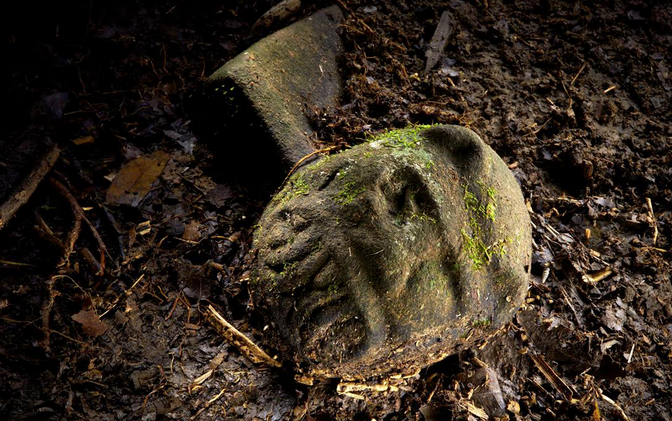A team led by CSU professor Chris Fisher may have discovered the Lost City of the Monkey Gods deep in the rain forest of Honduras. The expedition was funded by National Geographic to the remote site of Mosquitia. Laser mapping technology was used to penetrate the jungle in order to capture data that gave enough detail to “see” the environment. It is stated that the location discovered has not been visited by man in 600 years.
It appears as though the site’s artifacts date back from A.D. 1000 to 1400. The Mayans were not located far from the site but there is not enough historical information written about the culture of the people who built the city’s grounds. This discovery will take years to excavate but working with the Government of Honduras will make excavation hopes to do so in the near future.
“We’re very excited to bring to life this lost culture,” Fisher said, noting that the research “will significantly change our understanding of this critical archaeological region.”
“In contrast to the nearby Maya, this vanished culture has been scarcely studied and it remains virtually unknown. Archaeologists don’t even have a name for it,” National Geographic reported.

Also known as the”The White City” in the region of the Gracias a Dios Department in eastern Honduras. This extensive area of rainforest has long been the subject of multidisciplinary research.
Additional Facts:
- Explorers have been searching for the lost city for centuries.
- American explorer Theodore Morde claimed he had found mythical lost city “deep in the rain forests of Mosquitia” but never revealed where it was in order to prevent looters from destroying the site.
To back 29 year old Theodore Morde’s claims in 1940, he brought back several thousand artifacts to America such as tiny carved monkeys. He was never able to return to his discovery and in 1954 died mysteriously, having never revealed the exact location of his discovery.
According to the National Geographic magazine, which accompanied the expedition, the archaeologists have surveyed and mapped ‘extensive plazas, earthworks, mounds and an earthen pyramid belonging to a culture that thrived 1,000 years ago, and then vanished’.

















